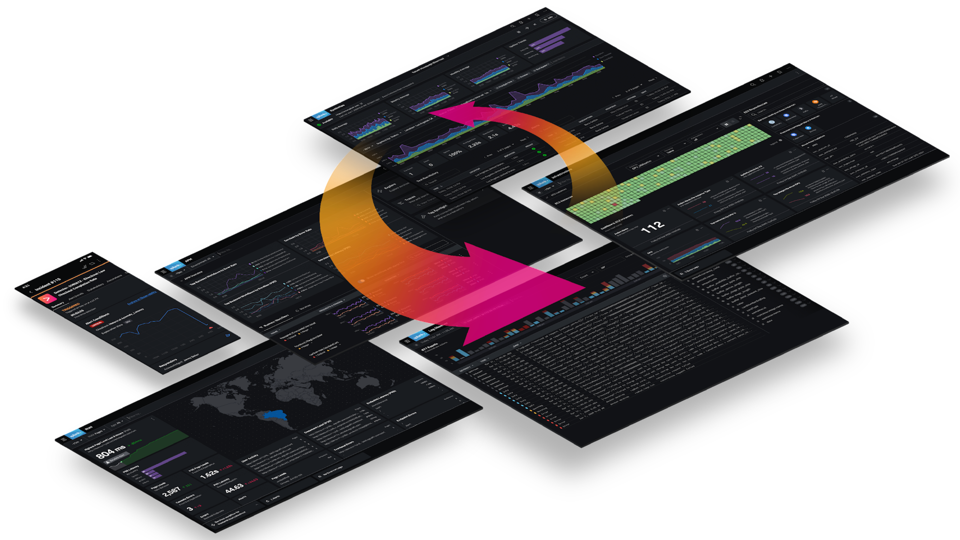Splunk4Rookies - Observability Cloud
2 minutes Authors Robert Castley Pieter HagenIn this workshop, we will be showing how Splunk Observability Cloud provides instant visibility of the user experience – from the perspective of the front-end application to its back-end services – Letting you experience some of the most compelling product features and differentiators of Splunk Observability Cloud:
- Infrastructure Monitoring
- Full-fidelity Real User Monitoring (RUM)
- Complete end-to-end NoSample™ Full-fidelity trace visibility with Application Performance Monitoring (APM)
- No code log querying
- Synthetic Monitoring
- Finding root causes with tag analytics and error stacks
- Related content
A key factor in building the Splunk Observability Cloud is to unify telemetry data to create a complete picture of an end-user experience and your application stack.
The workshop uses a microservices-based application that is deployed on AWS EC2 instances. The application is a simple e-commerce application that allows users to browse products, add them to a cart, and checkout. The application is instrumented with OpenTelemetry.
OpenTelemetry is a collection of tools, APIs, and software development kits (SDKs), used to instrument, generate, collect, and export telemetry data (metrics, traces, and logs) to help you analyze your software’s performance and behavior.
The OpenTelemetry community is growing. As a joint project between Splunk, Google, Microsoft, Amazon, and many other organizations, it currently has the second-largest number of contributors in the Cloud Native Computing Foundation after Kubernetes.
